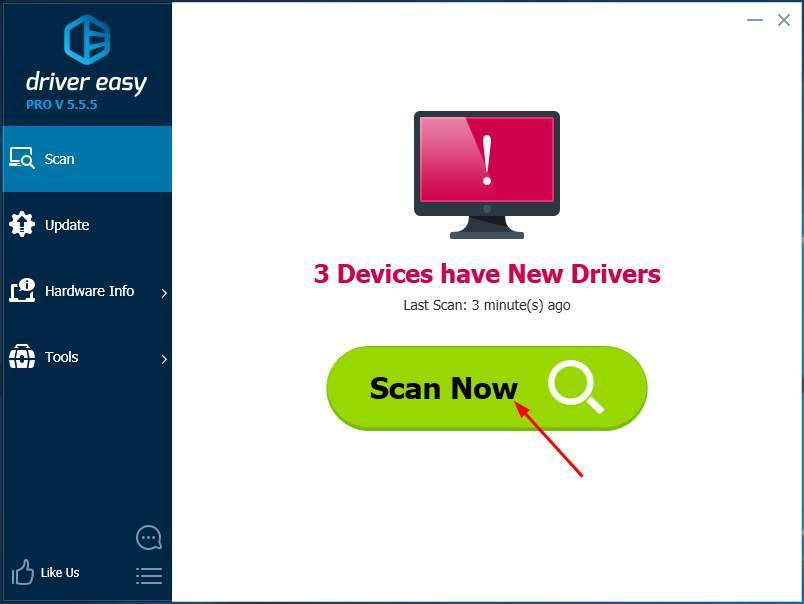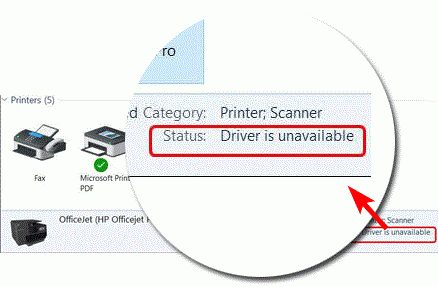TCOM Viewer is a software interface between Windows PCs and Orenco’s TCOM remote telemetry control panels. The interface stores configurations for multiple sites, has a simplified “double-click to select” mouse interface for menu items, and offers new screen color choices for better visibility. Check the Driver name on the Servers - Print Management to see if the 'Packaged' field is 'true' or 'false' if false and you cannot download a trusted, package-aware print drivers from the printer manufacturer then the following edit in the registry may resolve the issue.
Evoluent Mouse Manager is an optional but powerful software that may be installed to configure the buttons to perform many common functions. For example, button 2 may be configured to perform a double click with a single actual click to open a program, button 3 may be configured to open a link in a new tab, button 4 may be configured to cycle through open tabs, button 5 may be configured to close a tab, etc. This reduces the need to frequently move your hand between the mouse and the keyboard, and the need to move the mouse and click different areas of the screen.
Install instructions:

1. Connect the VerticalMouse to a USB port and wait for Windows to set it up for basic functionality.
2. Remove any existing Evoluent driver or other mouse drivers, except for touchpad driver. Go to Programs and Features (Win 7) or Add or Remove Programs (XP) in Control Panel to find the drivers, or use the uninstaller below.
3. Click the link below to download and install the driver. After install is finished, click E icon on the taskbar to open Evoluent Mouse Manager for configuring the buttons.
4. Go to Control Panel, Mouse to uncheck the box for Enhance Pointer Precision and set the pointer speed slider to the middle for optimal control.
5. Press the pointer speed button on the mouse to set the hardware pointer speed to the MD (medium) setting.
v6.0.9.2 for Windows 7, 8 and 10
v6.0.3.0 for Windows 7, 8 and 10

Win 7: Go to Control Panel, Programs and Features, click Evoluent Mouse Manager, and click Uninstall.
Win 10: Start menu, Settings, System, Apps & Features, click on Evoluent Mouse Manager, and click Uninstall.
After install, button functions show as “Disabled”.
Solution: go to Control Panel, Programs and Features, uninstall Evoluent Mouse Manager. Download and install Mouse Manager again.
Evoluent Mouse Manager is an optional but powerful software that may be installed to configure the buttons to perform many common functions. For example, button 2 may be configured to perform a double click with a single actual click to open a program, button 3 may be configured to open a link in a new tab, button 4 may be configured to cycle through open tabs, button 5 may be configured to close a tab, etc. This reduces the need to frequently move your hand between the mouse and the keyboard, and the need to move the mouse and click different areas of the screen.
Before installing the Evoluent driver, go to Applications to find and uninstall any existing mouse or keyboard driver to avoid possible software conflicts.
Download and save the dmg file to the hard drive. Click on the dmg file to generate a pkg file. Click on the pkg file to install. You may have to temporarily allow installing programs downloaded from anywhere in System Preferences, Security and Privacy.
Note for users of High Sierra (10.13) and newer: The Evoluent Mac driver (known as “extension” in Mac language) may be blocked in Mac OS 10.13 High Sierra by a new system security feature. Refer to this article on the Apple web site: https://developer.apple.com/library/content/technotes/tn2459/_index.html. If the mouse buttons do not perform your selected functions in the driver, go to System Preference, Security to see if there is an option to allow the Evoluent extension. The option in the security system preference is only there for 30 minutes after the extension tries to load. If it is not there, restart the computer to reload it. The extension will be listed as software from Jack Lo (the creator). If after allowing the extension it is still not working, restart the computer again. If restarting does not work, uninstall and reinstall the Evoluent software and restart the computer. To determine if Secure Kernel Extension Loading is blocking the Evoluent extension, go to Utilities and open the Console, select the system.log on the left, and search for ‘Evoluent’ to look for a line like this: EvoluentAgent[2218]: IORegistryEntrySetCFProperties Error! Result = 0x10000003. If the system is blocking the extension, there will be a new line each time you try to change the settings. |
Due to recent Mac OS update, our driver must be updated to maintain compatibility. We need a driver development kit from Apple but they have not replied to our request even after repeated emails. Therefore our driver development is unable to proceed. We apologize for the delay and will continue to contact Apple for the resource. Alternatively, the third party software USB Overdrive www.usboverdrive.com may be used to program the buttons on VerticalMouse. (Evoluent is not affiliated with USB Overdrive.)
Wired and USB wireless versions of the VerticalMouse 4 require no pairing. They are plug and play.The driver may be installed after they are plugged in.
Mac and Bluetooth versions of the VerticalMouse 4 require this pairing procedure before driver installation:
Go to System Preferences, Bluetooth and click Setup New Device or the plus sign + to add the mouse.Slide the On/Off switch on the Evoluent to the green position or cycle it off and on to begin pairing.
No other drivers are supplied, but the VerticalMouse works in most other operating systems with default system support.Shareware drivers for other Windows versions are at
(Evoluent has no business relationship with this vendor.)
T-com Inkjet-treiber Driver Download For Windows 10 64-bit

T-com Inkjet-treiber Driver Download For Windows 10
For Evoluent VerticalMouse 4 only. VerticalMouse 3 wireless does not need this utility. Download and click to run. Follow the on-screen instructions. If the countdown timer does not begin after starting the utility and inserting the receiver, the receiver may be incompatible or defective.
T-com Inkjet-treiber Driver Download For Windows 10 Pro
Evoluent Receiver Pairing Utility v1.0 (for Windows only)
Essentials Keyboard pdf brochure
VerticalMouse 4 Right Wireless A4 size , letter size

VerticalMouse 4 pdf brochure
VerticalMouse 3 pdf brochure
Mouse-Friendly Keyboard letter size
-->If you are writing a 64-bit driver or writing a driver that can be compiled to run on both 32-bit and 64-bit systems, follow the 64-bit porting guidelines in Porting Your Driver to 64-Bit Windows. This topic describes some of the limitations and problems that you might encounter in writing a 64-bit printer driver.
For more information about using decorations to identify 64-bit architecture, see the following topics:
Limitations on Device Context Handles
/windows-10-drivers-2626219-238b6ee7292e4d51b69838330a9177f8.png)
If a 32-bit application is running on a 64-bit version of the Microsoft Windows operating system, a printer driver plug-in that is running in the context of the Splwow64.exe thunking process should not call the GDI CreateDC function; this call will fail.
Problems with Writing 64-Bit Drivers
In existing 32-bit driver code, be careful about conversions between pointer types and integer types such as DWORD or ULONG. If you have experience writing code for 32-bit machines, you might be used to assuming that a pointer value fits into a DWORD or ULONG. For 64-bit code, this assumption is dangerous. If you cast a pointer to type DWORD or ULONG, a 64-bit pointer might be truncated.
Instead, cast the pointer to type DWORD_PTR or ULONG_PTR. An unsigned integer of type DWORD_PTR or ULONG_PTR is always large enough to store the entire pointer, regardless of whether the code is compiled for a 32-bit or 64-bit computer.
For example, the pDrvOptItems.UserData pointer field in the OEMCUIPPARAM structure is of type ULONG_PTR. The following code example shows what not to do if you copy a 64-bit pointer value to this field.
The preceding code example casts the pData pointer to type ULONG, which can truncate the pointer value if sizeof(pData) > sizeof(ULONG). The correct approach is to cast the pointer to ULONG_PTR, as shown in the following code example.
The preceding code example preserves all 64 bits of the pointer value.
Inline 64-bit functions such as PtrToUlong and UlongToPtr safely convert between pointer and integer types without relying on assumptions about the relative sizes of these types. If one type is shorter than the other, it must be extended when converting to the longer type. If the shorter type is extended by filling with the sign bit or with zeros, each Win64 function can handle these situations. Consider the following code example.
You should replace the preceding code example with the following code example.
The second code example is preferred even though
might represent the value of a hardware register that is only 32 bits long rather than 64 bits long. For a list of all the new Win64 helper functions for converting between pointer and integer types, see New Data Types.
